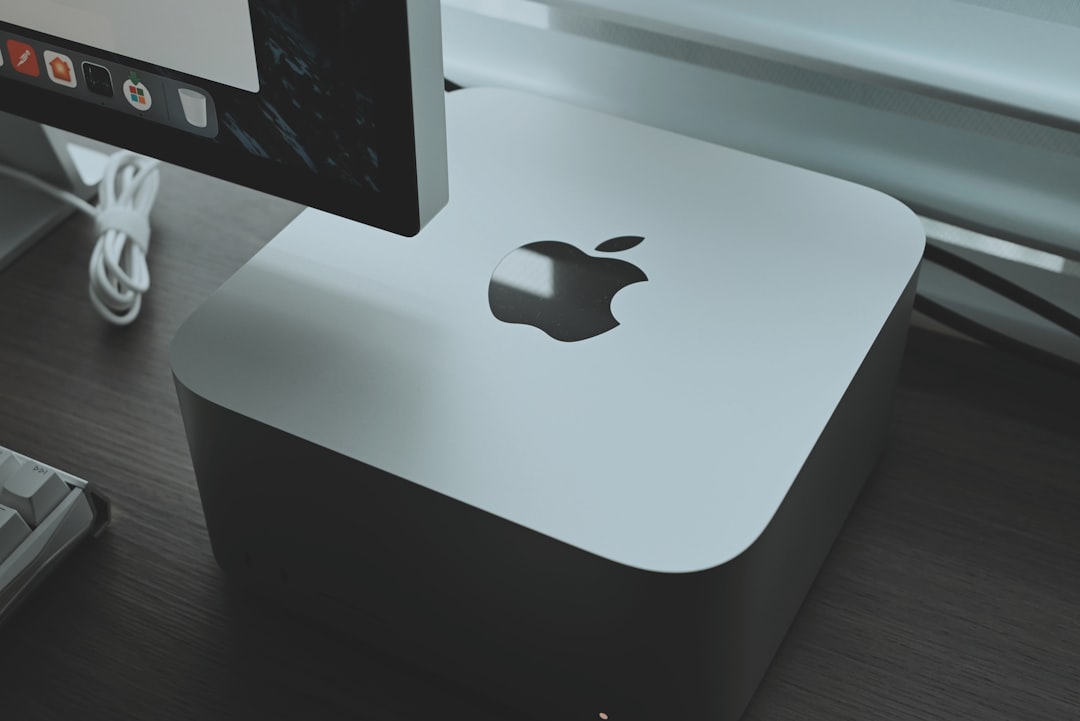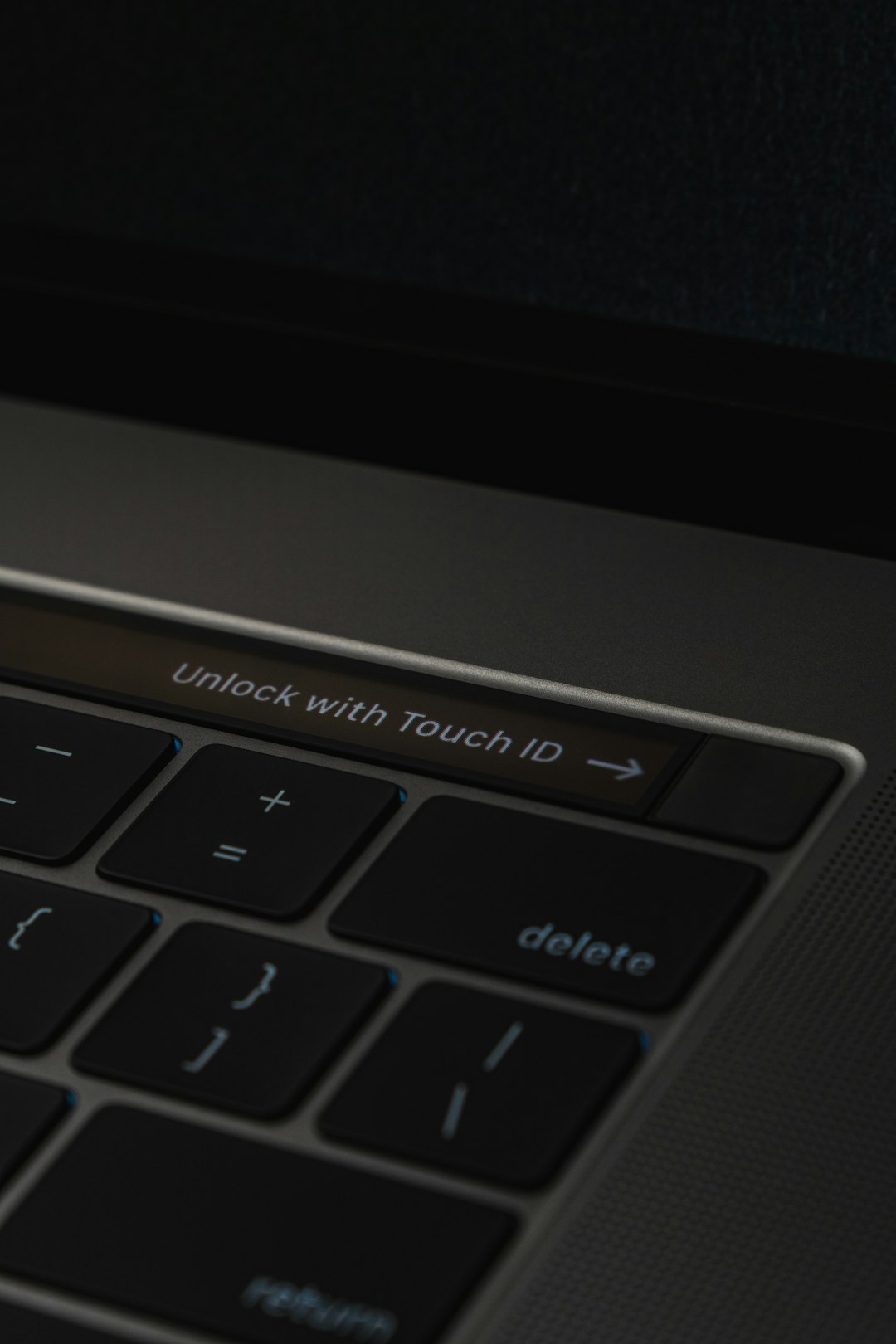There’s nothing quite like a tidy macOS Dock. It’s your little toolbar of productivity. Your launcher of apps. Your master control center. But what happens when it starts misbehaving? Like—say—when your Dock icons keep changing every time you reboot. If that’s happening to you, you’re not alone. This quirky issue can be surprisingly frustrating. But fear not, brave Mac user! We’re diving into what causes this madness and how a little preference file manipulation can bring peace back to your Dock.
TLDR:
Your macOS Dock resetting on reboot might be caused by a corrupt preferences file. By deleting and rebuilding the right .plist file, you can restore control over your Dock icons. It’s safe, reversible, and only takes a minute. Say goodbye to spontaneous Dock chaos!
What’s Going On With My Dock?
If you’ve ever noticed that your Dock rearranges itself or loses icons after a reboot, you might be dealing with a Dock preference reset. It usually feels like:
- Apps you pinned mysteriously vanish after restarting.
- New apps sneak in where you didn’t put them.
- The entire Dock layout resets to default.
It’s like your Mac just forgot everything you liked about your setup.
But Macs are supposed to “just work,” right? Why would this keep happening?
The Hidden Culprit: com.apple.dock.plist
Your Mac saves all the Dock settings in a special file called:
com.apple.dock.plist
This file lives quietly in your user Library preferences folder:
~/Library/Preferences/com.apple.dock.plist
Every time you adjust your Dock—adding an app, removing a folder, changing its position—macOS updates this file. But sometimes, this file gets corrupted. That’s when the problems start.
It’s like your Mac is trying to read gibberish from a menu and just goes back to its “default order.”

Why Does This Happen?
Several things can mess with your Dock’s memory:
- System crashes
- Improper shutdowns
- Manual app removals instead of uninstalling properly
- File permission issues
- A pesky third-party cleaner app deleting things it shouldn’t
Some users even see this happen after a macOS update.
How To Fix It (The Fun Part)
Here’s the big fix: We’re going to delete the dodgy Dock preference file so macOS can make a fresh one. Don’t worry—macOS is smart. It’ll rebuild the file as soon as you restart the Dock.
Step-by-Step Guide to a Fresh Dock
- Open a Finder window.
- Press Command + Shift + G to open the “Go to Folder” prompt.
- Type in
~/Library/Preferences/and hit enter. - Find the file: com.apple.dock.plist
- Drag it to your Trash (or back it up elsewhere, just in case).
- Now open Terminal (found in Applications > Utilities)
- In Terminal, type this and press enter:
killall Dock
This command will restart the Dock. It’ll flicker for a second—totally expected. And when it’s back, you’ll see a clean, default Dock layout.
From here, add your favorite apps again. This time, your changes should stick!
What If It Happens Again?
If your Dock keeps resetting even after this fix, consider these extra steps:
- Check if your Mac is logged into iCloud with Desktop & Documents sync.
- Disable third-party maintenance and cleaner apps. Some clean too much!
- Run Disk Utility and repair your drive permissions.
- Test with a different user account to see if it’s a user-specific issue.
If it only happens in one user profile, the problem is likely buried in that user’s preference files. Starting fresh might be your best bet—without migrating corrupted preferences.
Bonus Tip: Lock Down Your Dock Preferences
If you want to go full “control freak” (in a good way!), you can actually lock the Dock preferences file so it doesn’t get changed accidentally.
Warning: This is super advanced and not recommended for most users.
- Locate the file you rebuilt:
com.apple.dock.plist - Select it, right-click, and choose “Get Info”
- Check the box labeled “Locked”
This trick tells macOS, “Hey, don’t mess with this file.” But remember—you’ll have to unlock it if you want to make any future changes to your Dock!

What If I Don’t Want To Use Terminal?
We get it—not everyone is into command lines. The good news? Just deleting the preference file and rebooting your Mac can do the trick too. The killall Dock command just makes it happen instantly.
If you’re more of a keyboard-wizard than a terminal person, here’s an alternate technique:
- Delete com.apple.dock.plist as normal.
- Click the Apple logo > Restart.
- Your Dock will rebuild at start-up.
This method is slower but gets you to the same happy place.
Final Thoughts
We often ignore little quirks in our systems until they grow too annoying to live with. A resetting Dock isn’t world-ending—but it messes with your flow. Thankfully, it’s an easy fix with a little plist file magic.
Let this be your gentle reminder that even our beloved Macs—those sleek, silver(ish) machines—have their moments. And sometimes, all they need is a little reset to remember how awesome they can be.
Happy Docking!